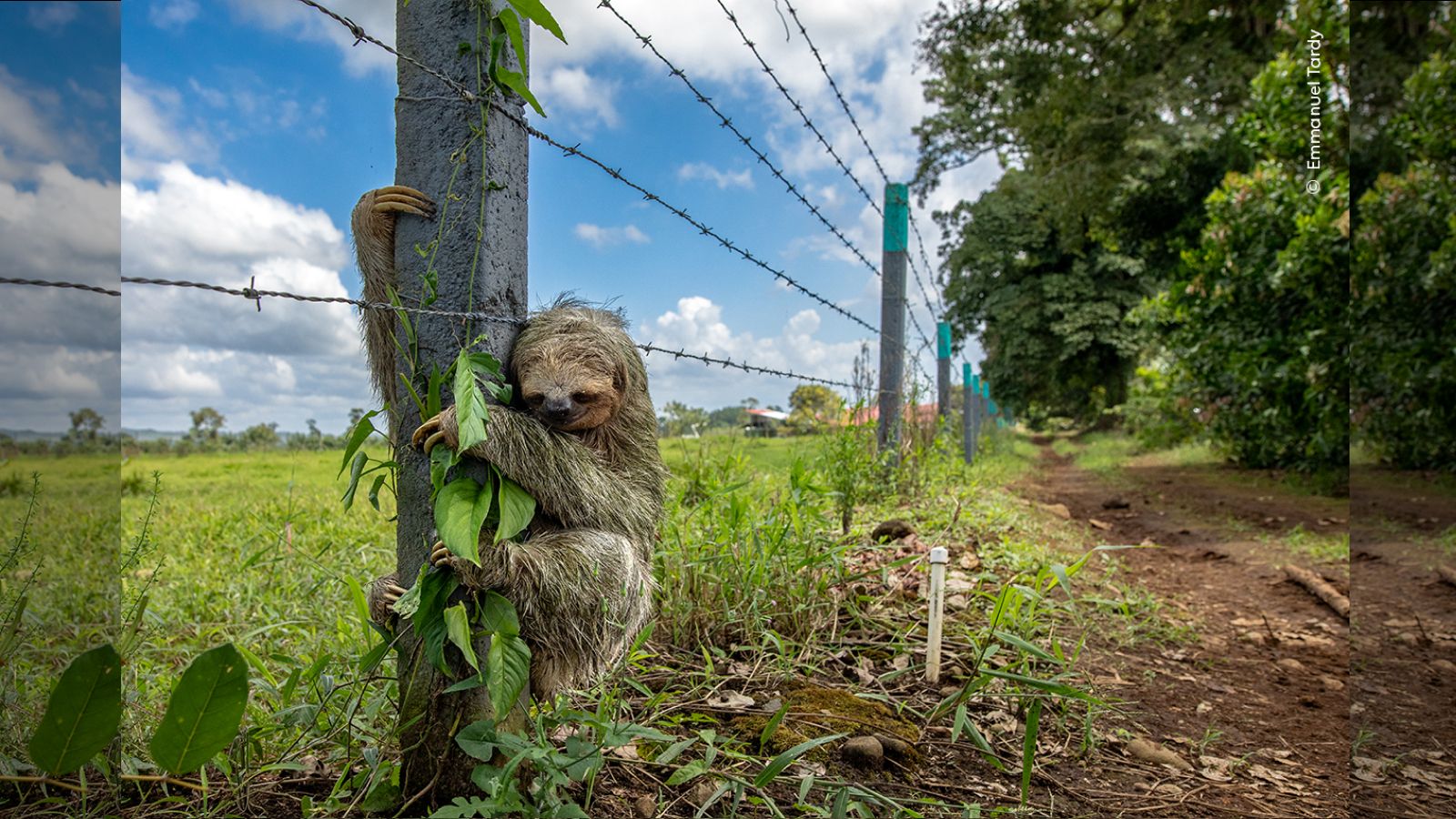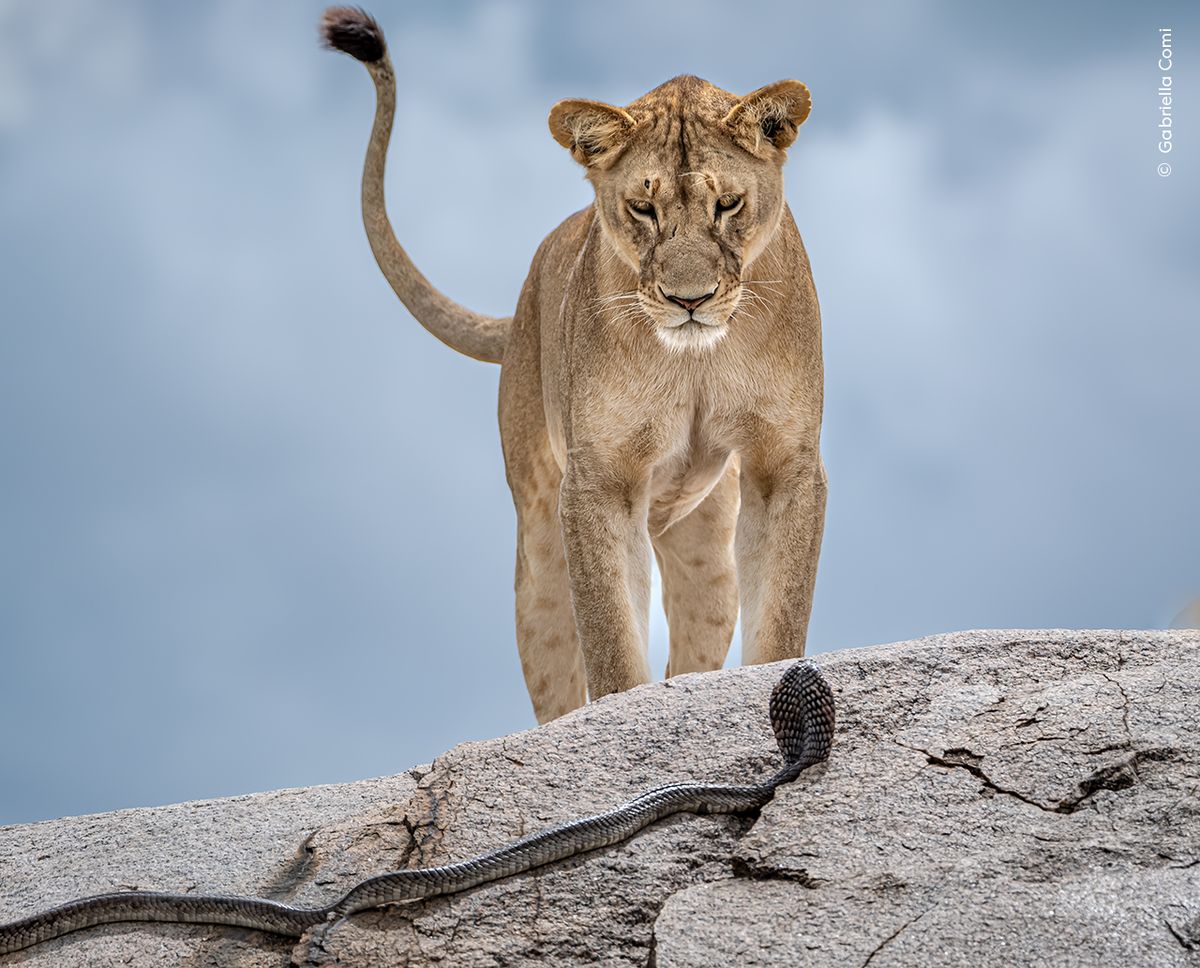🌍 Photo competition reveals this shocking image of a sloth surviving in a treeless world
Follow us on Google News (click on ☆)
Emmanuel Tardy, a French photographer, captured this moment in Costa Rica's Alajuela province. This brown-throated sloth specimen, an arboreal species, had to leave its natural habitat due to forest fragmentation. The scene shows the animal clinging to a concrete and barbed wire fence, the only support resembling a tree after crossing the road.

A sloth clings to a fence after crossing a road in Costa Rica, illustrating the impact of habitat fragmentation.
Credit: Emmanuel Tardy/Wildlife Photographer of the Year
The photograph, titled "No Place Like Home", highlights the ecological challenges facing these slow-moving mammals. Deforestation and urban development reduce their living areas, forcing them into perilous ground movements. These journeys increase the risks of predation and accidents. The Costa Rican government is collaborating with NGOs to create aerial biological corridors, allowing sloths to move safely between trees.
The Wildlife Photographer of the Year competition, organized by London's Natural History Museum, received over 60,000 entries this year. Among the images revealed in preview is also a face-off between a lion and a cobra in Tanzania, captured by Gabriella Comi. This scene, named "Wake-up Call", shows the feline's surprised reaction to the approaching snake.

A lion and a cobra face each other in Serengeti National Park, captured by Gabriella Comi.
Credit: Gabriella Comi/Wildlife Photographer of the Year
Other remarkable photographs include bats leaving a historic monument in India, jellyfish off the coast of California, and emperor penguins in Antarctica. Each image tells a unique story about the interaction between species and their environment. The jury, chaired by Kathy Moran, will select one hundred winners whose names will be announced in October.
These visual works serve as advocacy for biodiversity conservation. They raise public awareness about environmental issues through their narrative and aesthetic power. Nature photography thus becomes an essential tool for documenting and protecting the wild world.
What is habitat fragmentation?
Habitat fragmentation refers to the division of natural spaces into isolated parcels, often due to human expansion such as road construction or agriculture. This phenomenon reduces connectivity between ecosystems, limiting animal movements and their chances of survival.
For arboreal species like the sloth, this means having to descend to the ground to reach other wooded areas, increasing the risks of accidents or predation. Continuous habitat loss is a major cause of global biodiversity decline. Solutions exist, such as creating ecological corridors or restoring forests, to mitigate these impacts and preserve wildlife.